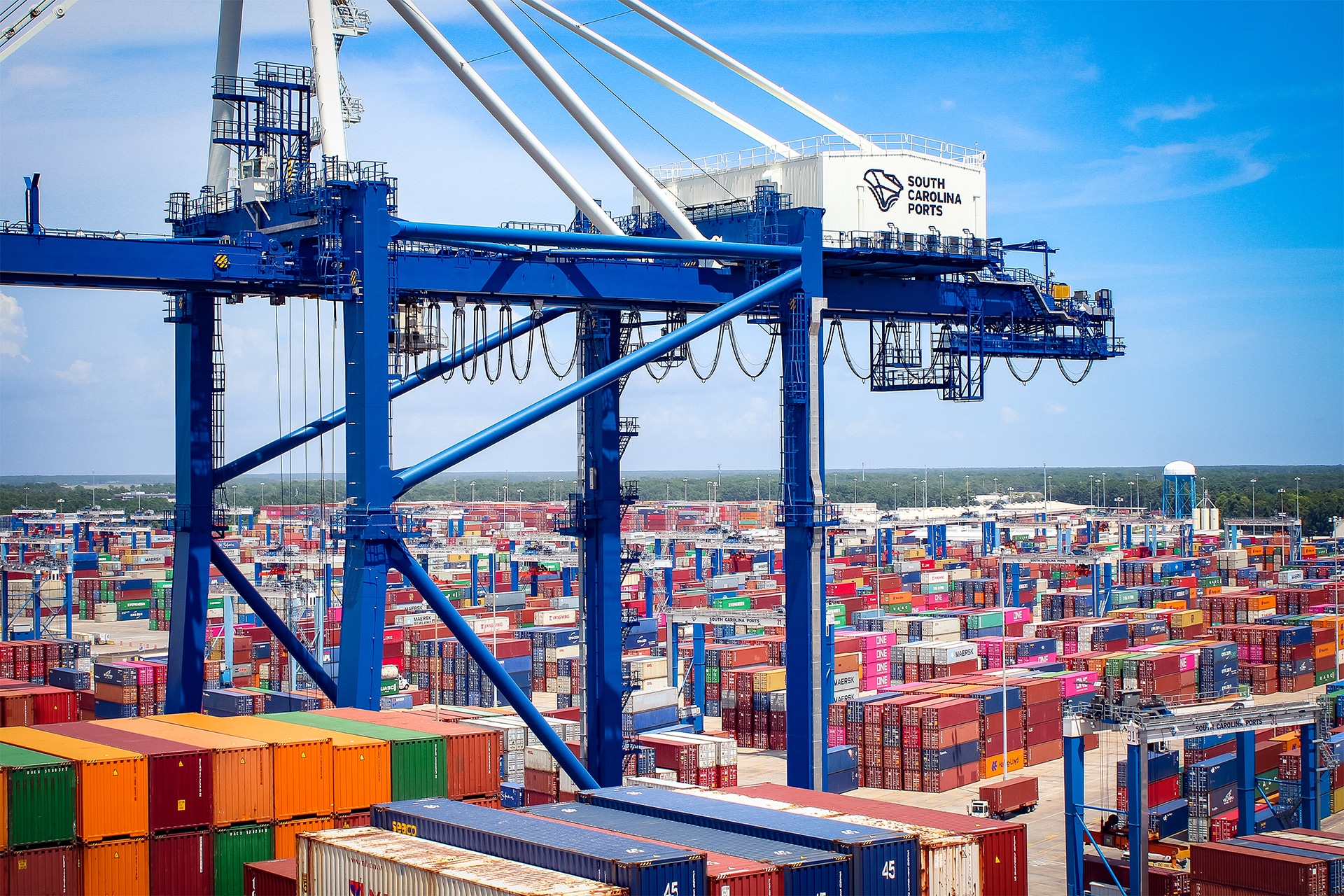The strike deadline at East and Gulf Coast Ports in the United States is midnight September 30, and as the possibility of a job action looms, retailers and their vendors have been preparing for supply chain disruptions.
Negotiations between the International Longshoremen’s Association and the United States Maritime Alliance, or USMX, have been at a standstill. On September 23, ILA declared statements asserting it had refused to negotiate with USMX are untrue, saying that the two sides have communicated multiple times in recent weeks, and the stalemate remains in master contract negotiations because USMX is offering a wage increase package the union finds unacceptable. For its part, three days later, USMX announced that because of ILA’s repeated refusal to come to the table and bargain on a new master contract, USMX had filed an Unfair Labor Practice charge with the National Labor Relations Board requesting immediate injunctive relief and requiring the Union to resume bargaining. On the same day, ILA insisted the suit is a publicity stunt by an employer group uninterested in real negotiations.
So, as the final day before the strike deadline dawned, neither side reported forward movement on contract negotiations.
Retailers got an early jump on building holiday inventories in preparation for a possible strike, which led to higher port volumes with July topping the previous record for the month, according to the National Retail Federation and Global Port Tracker. The NRF and Port Tracker projected August to be the busiest month at U.S. ports since a record set in May of 2022.
Last year, labor and management avoided a strike at U.S. West Coast ports with the involvement of Acting U.S. Secretary of Labor Julie Su.
NRF president and CEO Matthew Shay recently released a statement calling for renewed negotiations and asking the Biden administration to press for a settlement. In June, NRF led a coalition of 158 state and federal trade associations in a letter to President Biden urging the administration to work with the negotiating parties to reach a new agreement.
“NRF continues to call upon the International Longshoremen’s Association and the United States Maritime Alliance to return to the bargaining table to resume negotiations in order to reach a new deal before the contract expires on September 30,” Shay said. “The threat of a strike during the peak shipping season has many retailers already implementing costly mitigation strategies. At a time when inflation is on the downward trend, a strike or other disruption would significantly impact retailers, consumers and the economy. The administration needs to offer any and all support to get the parties back to the table to negotiate a new contract.”





